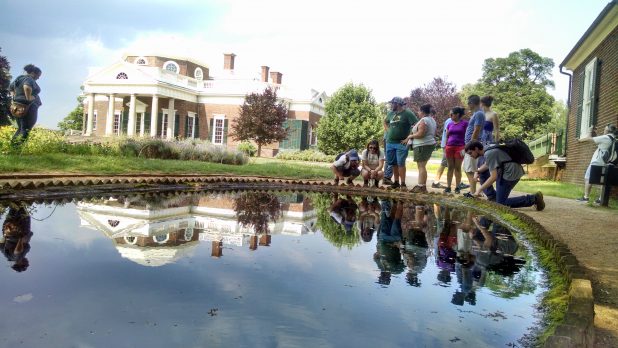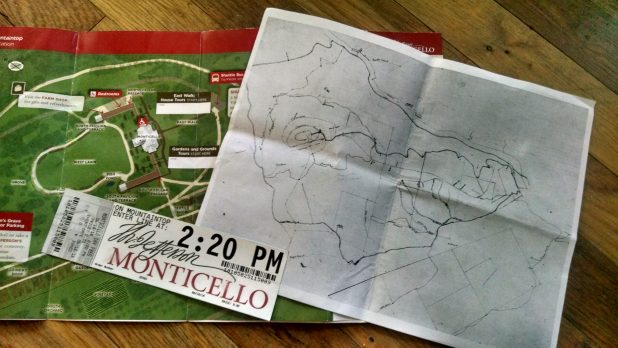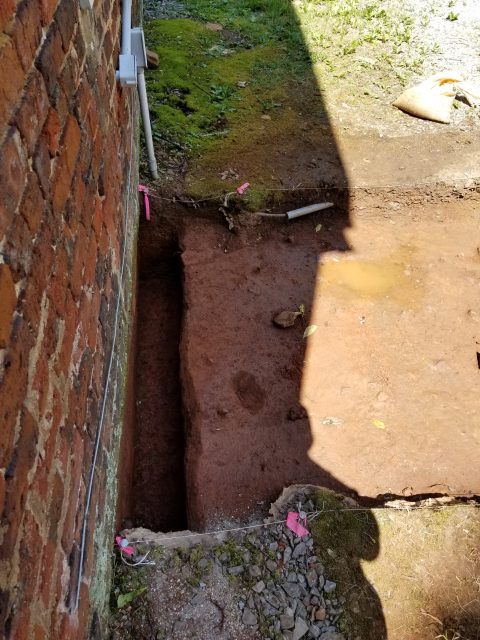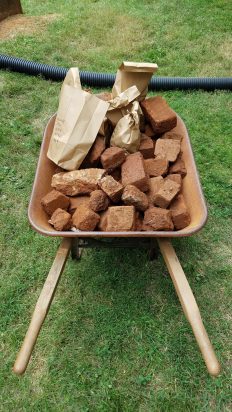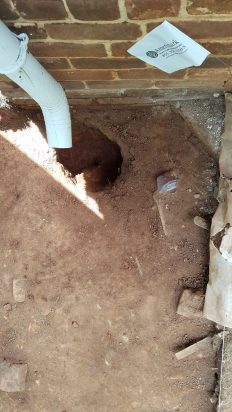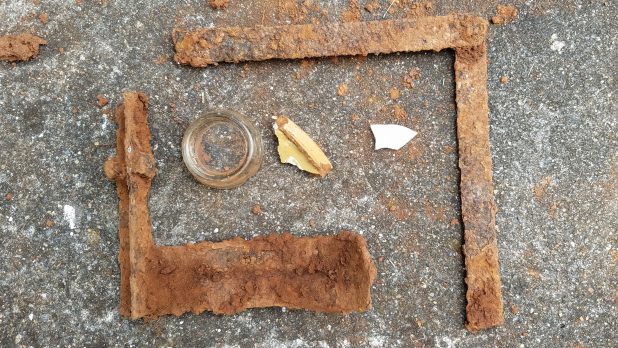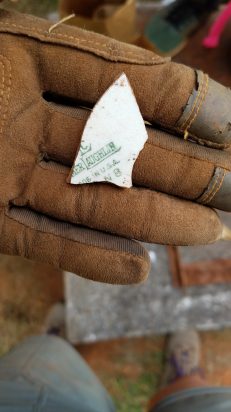Archaeology Blog
Field School Week 3
By Keilah and Kennis
We started out the 3rd week at field school by visiting Thomas Jefferson’s Monticello. Whereas Poplar Forest represents Jefferson’s design interests as a private individual, his plantation house outside of Charlottesville demonstrates his affluence and responsibilities as a public figure. After attending a palynology lecture on site, our field school was led on a hike which introduced us to the more remote grounds of the plantation which are not accessible to the public. There we got the chance to examine the ongoing effects of erosion and soil deposits on a floodplain and see several stone wall features which the archaeologists at Monticello have excavated in the past.
Finally, we wrapped up our trip with an informative tour of the Monticello house and a quick turn through the new Sally Hemmings exhibit! The presentation was haunting and beautifully constructed, and I would highly recommend the exhibit to anyone who wants to learn more about the complex relationships between enslaved African Americans and their white masters.
Back on the site, our unit at the Northern foundation of the South Tenant House explored the builder’s trench feature they located last week. Our goal was to reach the building’s foundation in search of artifacts that might help us date its construction. Unfortunately no datable artifacts were found in this feature, but we did discover the base of the building which doesn’t rest on a clear foundation, only a few courses of bricks!
Keilah and Kennis fill a wheelbarrow with the bricks and artifacts found this week. Matt and Eric’s completely excavated feature surrounded by even more artifacts!
Keilah and Kennis were excited to open a new unit on the East foundation of the house on Wednesday. The unit quickly revealed a feature which yielded a significant number of brick bats and stone cobbles, which were mapped and removed. This deposit could be the remnants of building materials discarded after the reconstruction or demolition of another structure, and they are seeking more evidence to support this theory as they excavate further. Along the Southeast corner of the South Tenant House, Eric and Matt have also been making great progress in their unit, closing out the week by excavating a feature.
With the final photographs and maps finished, we have officially completed excavation on three units in the East yard of the South Tenant House. We have retrieved copious artifacts from each of these units, and now we are taking turns to clean, label and sort them on our respective lab days. These days provide us with an opportunity to examine what has been found in other units, and begin to piece together an interpretation of the artifacts to gain a clearer picture of the South Tenant House’s history. We’re looking forward to what we’ll find next week!
